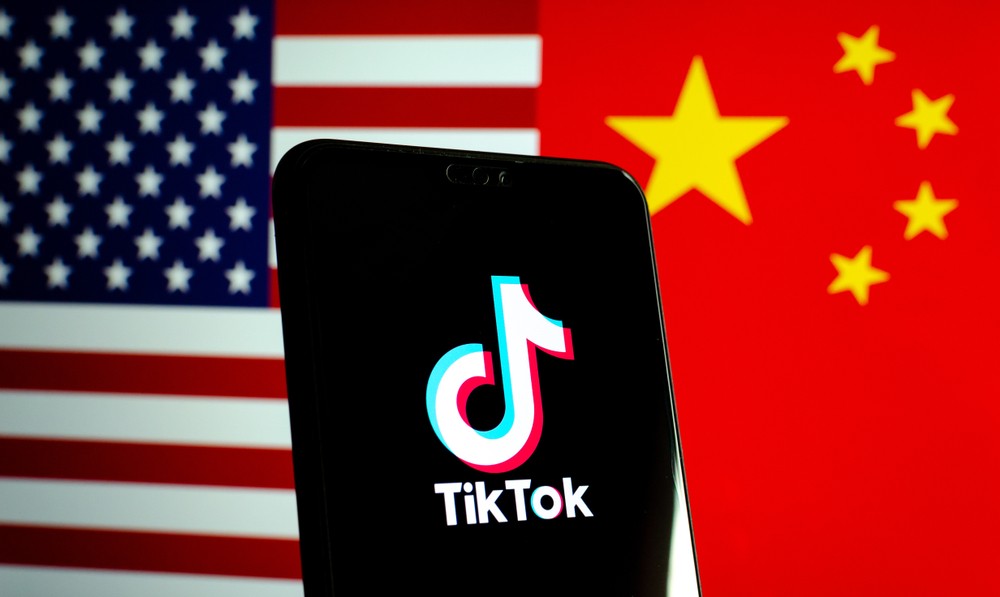If you are an experienced trader, you might be familiar with the term OTT. Using OTT might be highly beneficial for you. Thus, let’s discuss that is the idea of Order-Triggers-Two and how you can use it.
The order triggered double (OTT) is a composite contingent order. It places a pair of secondary orders when the main order is executed. OTT is an order delivery order (OSO), also known as order triggered other (OTO). These order types involve setting a level one order (usually a limit order or a stop-loss order). Then, it triggers one or more level two orders (usually a limit order or a stop-loss order). In OTT, two secondary orders are triggered when the main order is executed.
A typical example of the OTT specification is the order of parentheses. This type of order will automatically create a pre-specified upper and lower limit (i.e., brackets). The goal is to exit the transaction, whether profit or loss.
Understanding of OTT
When a trader wants to set a range around the initial order without continuously monitoring the position or price of the security involved, the order is usually used to trigger two conditions. Therefore, these orders can help traders maintain a disciplined strategy. It also helps prevent them from forgetting to close positions when they reach the desired level (up or down).
Traders usually place OTT orders before the main transaction’s execution. It gives investors some flexibility to change and update conditions as the market changes. For example, traders may decide whether to increase or decrease the level of secondary orders based on changes in volatility, market outlook, or profit forecasts.
Bracketed orders are a common OTT order type, setting exit levels above and below the paramount order price. OTT also has other changes. For example, a buy order can trigger two additional buy limit orders at a level that is getting lower and lower than the paramount order price (such as -2% and -5%) for automatic bargain hunting enter.
Understanding of OTT Bracketed Orders
The order in brackets involves the primary opening transaction (buy or sell). It triggers a limit order and a stop-loss order. In the case of a bracketed buy order, the sell limit order is higher than the main order as the take profit level, and the sell stop-loss order or the price of the stop-loss order is lower than the immediate order to minimize downside losses.
In the case of a sell order in the bracket, the steps are reversed. Here, the initial short sale (main order) triggers a limit order to buy at a lower price for-profit and a stop loss to buy at a higher price. This type of OTT is beneficial for short-sellers concerned about limiting losses in the event of a short squeeze.
As an example of an OTT order, let us consider a hypothetical bracketed buy order for XYZ stock with a market price of $100 per share. Suppose a trader wants to buy stocks at the current price, but the take profit (T/P) level is 10%, and the potential loss is limited to 5%.
Traders can place OTT orders together with the primary order to purchase 100 shares of XYZ for 100 USD. After execution, traders will place two secondary orders: a sell limit order of 110 USD and a stop loss limit order of 95 USD. If the stock later rises to $110, the trader will cancel the stop loss and get a 10% profit.
Conclusion
To conclude, OTT order characteristics are a very handful tool for the traders who already understand some basics of trading.









COMMENTS